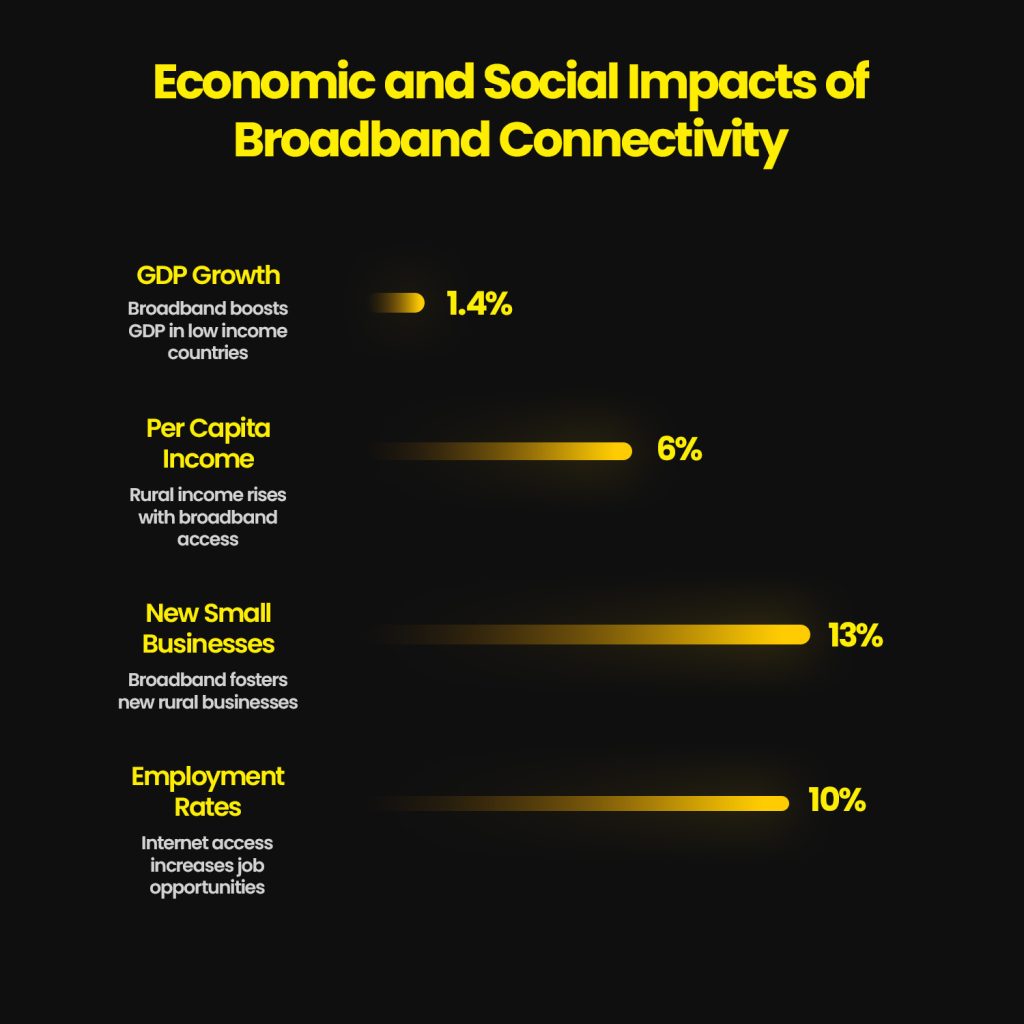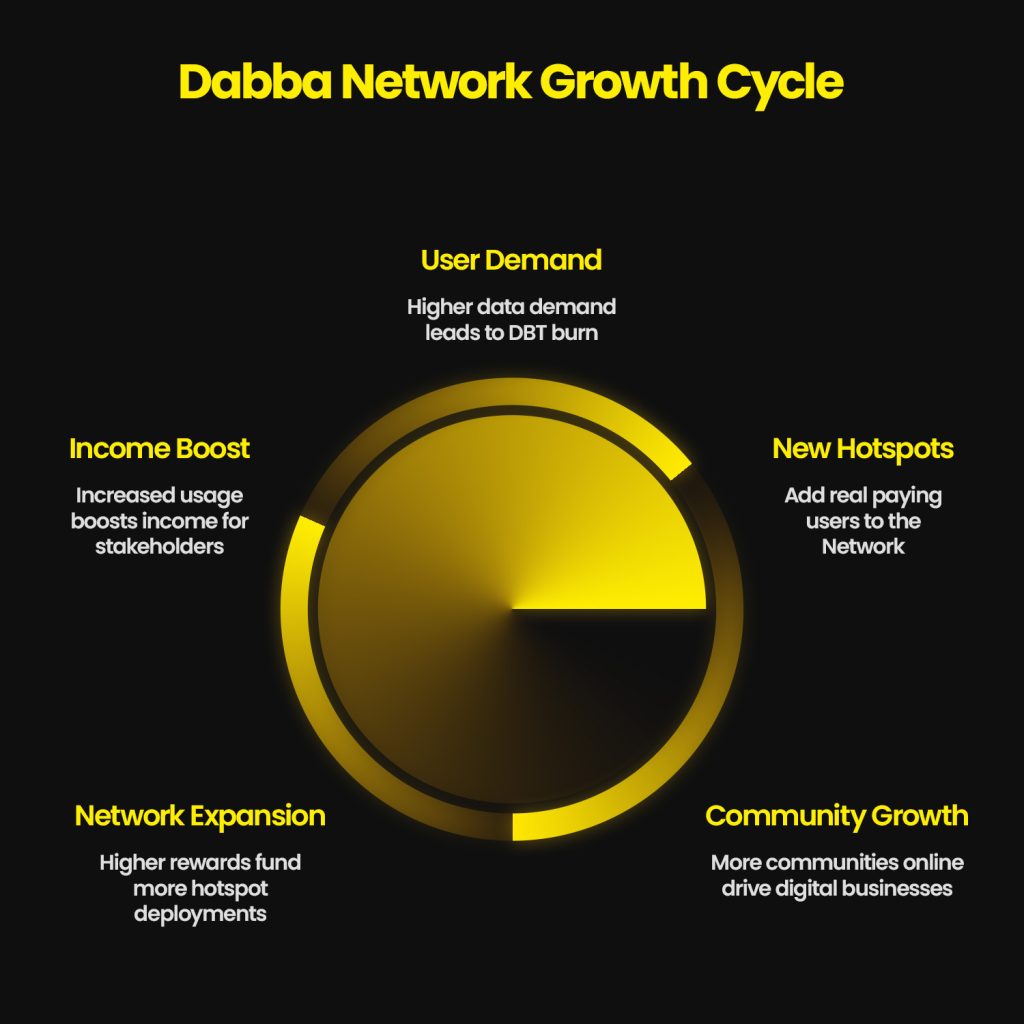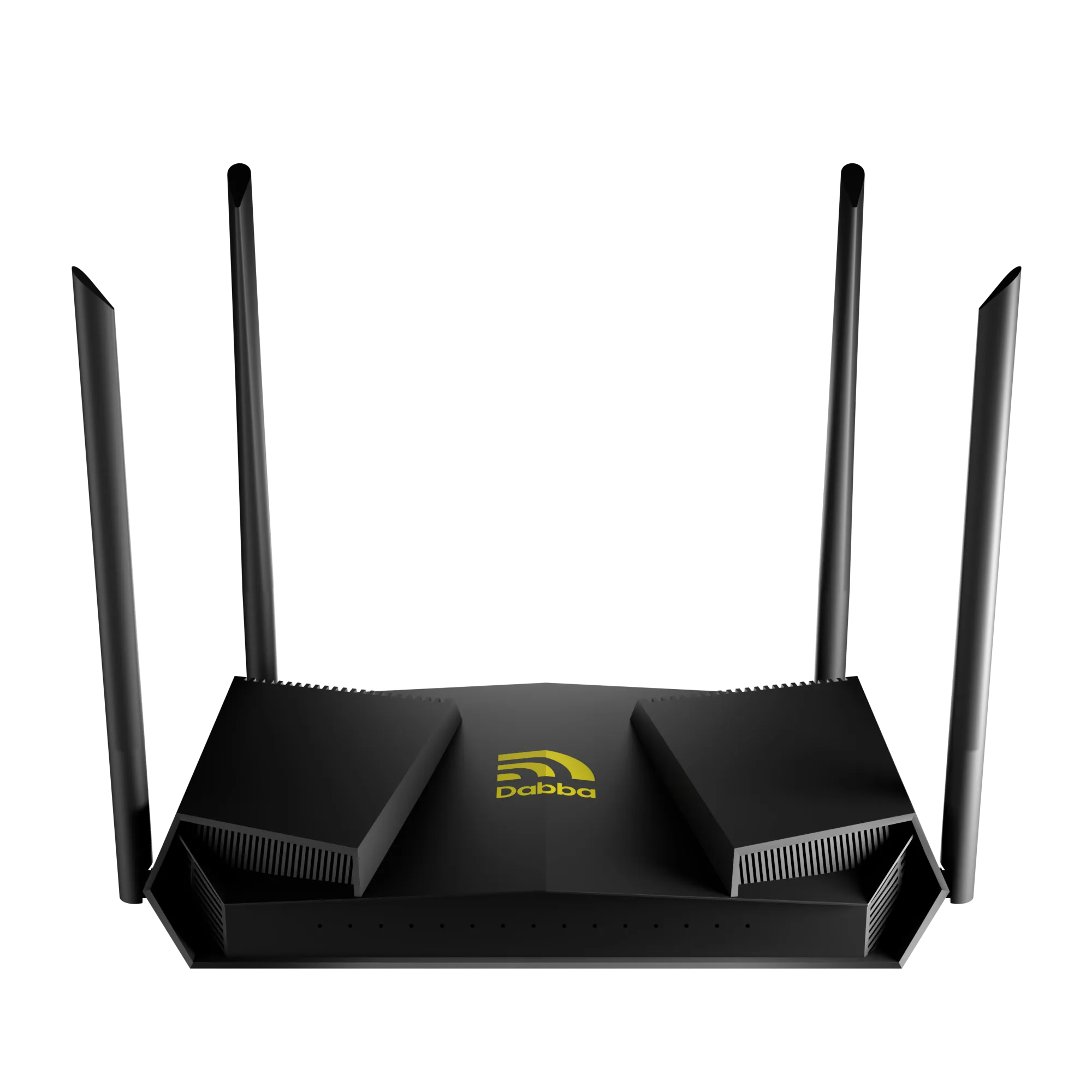Connectivity today is more than a utility — it’s the foundation of economic opportunity, education, and community growth. Yet in India, over 700 million people still live in areas underserved by high-speed internet.
At Dabba, we see every single hotspot we deploy not just as a technical node on a network, but as a seed of transformation. And when thousands of these seeds take root, the effect isn’t linear — it’s exponential.
Beyond Bandwidth: Each Node as a Local Growth Engine
Every Dabba hotspot is deployed in partnership with a Local Cable Operator (LCO) — a trusted small business already embedded in its community. But the true impact of that deployment goes far beyond providing internet access to a few homes or shops.
Here’s what really happens on the ground when a hotspot goes live:
- Local businesses gain tools to reach customers online, accept digital payments, and compete in broader markets.
- Students unlock access to online courses, scholarships, and digital libraries, closing the rural-urban education divide.
- Healthcare providers can connect to telemedicine platforms, offering services previously unavailable locally.
- Government services become easier to access, from digital IDs to e-governance portals.
- Entrepreneurship flourishes: people open computer training centers, gaming cafés, and new retail models that rely on reliable connectivity.
The effect compounds because each new user and business fuels demand for more nodes, more data, and more services — turning isolated villages and towns into digitally connected, economically vibrant micro-markets.
Impact of Connectivity on Local Economies

- A 10% increase in broadband penetration can raise GDP growth by ~1.4% in low and middle-income countries (World Bank study).
- Rural villages connected to broadband saw per capita income rise by ~6% and new small businesses increase by ~13% within 2–3 years (World Development Report, 2021).
- Internet access increases employment rates, especially among women, by providing access to remote and digital jobs (GSMA, 2022).
Suggested Reading: How Dabba Is Redefining Last-Mile Internet Connectivity in India’s Untapped Market
Why Connectivity Compounds, Not Just Adds
Traditional telecom models often view rural areas through a limited ROI lens: small population = small revenue.
But real connectivity is about network effects. Here’s why:
- Every new user increases utility for others: A community that’s only partially connected sees limited benefit. As coverage approaches 100%, digital payments, group learning, and online collaboration flourish.
- Economic activity begets more economic activity: As local entrepreneurs go online, they hire staff, train youth, and create new demand for services.
- Social networks grow stronger: People stay in touch with relatives, access health information, and participate in cultural events, building local resilience.
- Access to additional services: When people get high speed broadband internet connection, they unlock access to other services and products including internet-enabled smart TVs, OTT platforms like Neflix and Amazon Prime, online businesses and more. In effect, this leads to increased data demand and consumption.
Over time, these effects reinforce each other: more data demand → more deployments → more local value creation → even higher demand. This is the compounding effect of connectivity.
Capturing the Value Locally — and On-Chain
Dabba’s decentralized model is built to keep this economic upside within the community — rather than extracting it to distant shareholders.
- LCOs earn recurring income for each deployed and maintained hotspot.
- Hotspot owners (who can be anyone globally) get rewarded as data gets consumed.
- Bandwidth providers and location owners also share in the network’s growth.
All of this is coordinated transparently through the Dabba Network Explorer, and powered by $DBT, our native utility token.
Here’s why this matters:
- Real-world data usage drives token demand: End users buy Data Credits in local currency, and each GB consumed triggers buybacks and burns of $DBT.
- Local growth is reflected on-chain: As communities come online, they don’t just get connectivity — they participate in the broader digital economy, and their activity increases the on-chain value of the network.
- Incentives stay aligned: LCOs, hotspot owners, and global supporters all benefit when real people use real data.
In other words, connectivity isn’t just a service we deliver — it’s a flywheel we set in motion, with value flowing both locally and on-chain.

A Seed of Change, Scaled Nationally
Today, Dabba is already seeing this compounding effect in numbers:
- Over 150,000 unique connected devices on the network
- 5800+ deployed hotspots — each backed by real, paying customers
- 13,000+ TB of data consumed — while still on testnet
- Active partnerships with LCOs who understand the local context and drive adoption organically.
Every new deployment strengthens the network, attracts more users, and deepens economic impact — proving the power of our decentralized, demand-driven model.
Suggested Reading: Tokenizing Bandwidth: How Is Dabba Bringing a Multi-Billion Dollar Business On-Chain?
Looking Ahead
By 2030, India aims to add 60 million new broadband connections. Dabba’s decentralized infrastructure is uniquely suited to meet that challenge — quickly, cost-effectively, and in a way that keeps value in the hands of local communities and token holders.
The compounding effect of connectivity is more than a strategy; it’s the core of what makes Dabba different:
- Connectivity as economic mobility
- Infrastructure as an on-chain asset
- Growth driven by people, not by top-down monopolies
Each Dabba node isn’t just a device — it’s a commitment to unlocking opportunity, fueling local growth, and tying it directly to a digital asset that reflects that real-world impact.
